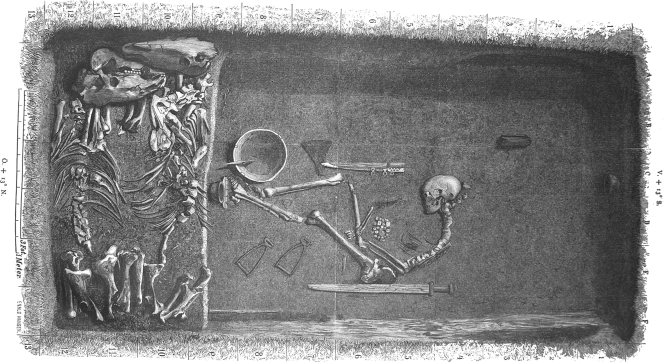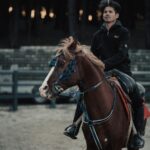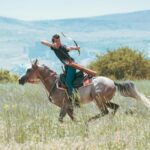The discovery of horses in Viking burial sites has long fascinated archaeologists and historians alike, offering profound insights into Norse culture, religious beliefs, and social hierarchies. These equine companions, laid to rest alongside their warrior masters, tell a compelling story about the intimate relationship between Vikings and their horses that transcended the boundaries of life and death. Far from being mere beasts of burden, horses represented status, mobility, and spiritual significance in the Viking world. Through careful excavation and analysis of these burial sites, we can piece together a more complete understanding of Viking society and their complex worldview that honored both human and animal companions in the journey to the afterlife.
The Spiritual Significance of Horses in Norse Mythology
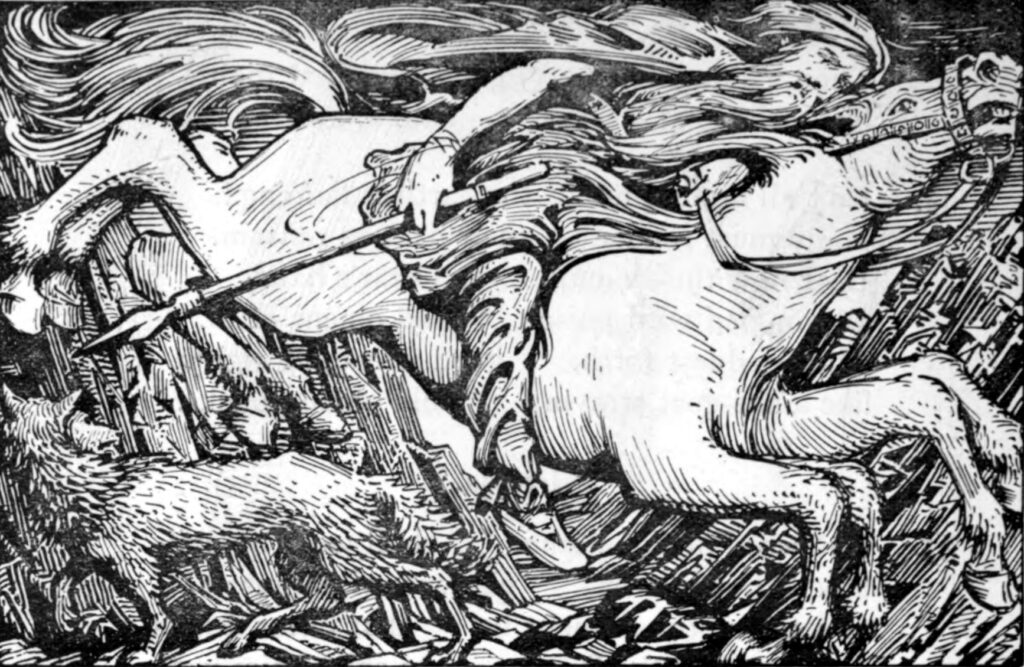
In the rich tapestry of Norse mythology, horses occupied a position of tremendous spiritual importance. The eight-legged steed Sleipnir, belonging to Odin himself, was considered the greatest of all horses, capable of traveling between the realms of the living and the dead. This mythological connection between horses and the afterlife established a precedent for including these animals in burial practices. Many Vikings believed that a horse could carry the deceased warrior’s soul to Valhalla, ensuring safe passage to the hallowed halls where fallen warriors would feast and fight until Ragnarök. The archaeological evidence of horse burials aligns perfectly with the written accounts of these beliefs, demonstrating how deeply intertwined horses were with Norse concepts of the afterlife and spiritual journey.
Archaeological Evidence of Horse Burials
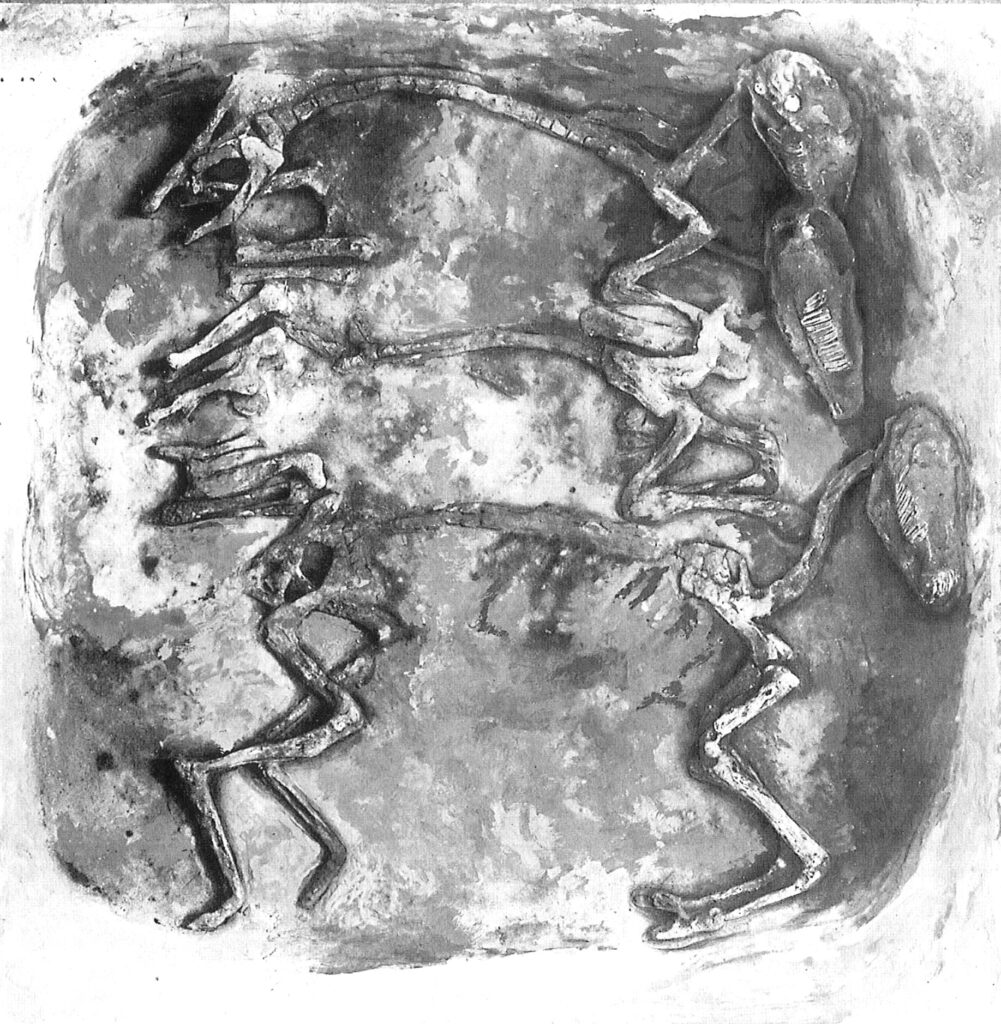
Archaeological excavations across Scandinavia, the British Isles, and other Viking territories have uncovered numerous instances of horses buried alongside warriors. The famous Oseberg ship burial in Norway, dating to 834 CE, contained the remains of two women accompanied by fifteen horses, highlighting the practice wasn’t limited to male warriors. At Gamla Uppsala in Sweden, archaeologists have discovered multiple graves containing warriors with their horses, often positioned as if ready to ride into the afterlife. The meticulous positioning of these horses—sometimes with riding gear still attached—suggests these burials were carefully planned and executed with specific ritual meaning. The prevalence of these findings across geographically distant Viking settlements indicates this was a widespread cultural practice rather than a regional anomaly.
Horses as Status Symbols in Viking Society
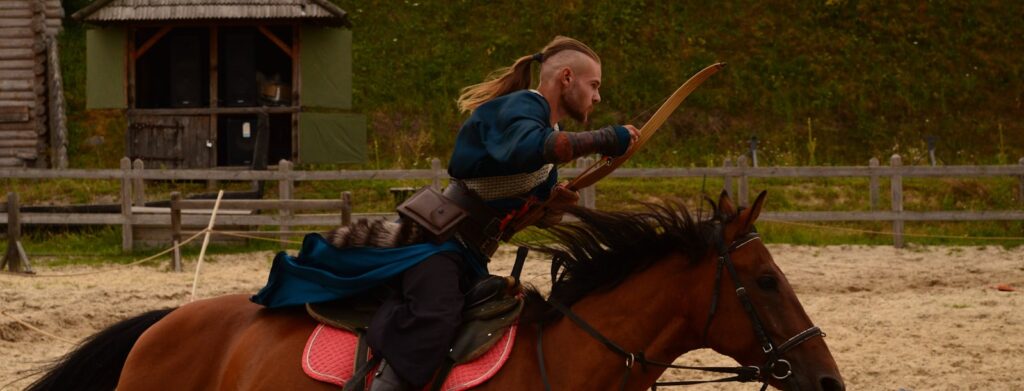
In Viking culture, owning a horse, particularly a fine specimen, represented significant wealth and status. These animals were expensive to maintain, requiring substantial resources for feed and care, especially in the harsh northern climates. Only individuals of considerable means could afford to sacrifice such valuable animals for burial purposes, making horse interments a clear indicator of the deceased’s social standing. Archaeological evidence suggests that the quality of horses buried often corresponded with the apparent wealth and status of the human remains, with chieftains and prominent warriors accompanied by the finest steeds. This correlation between horse quality and human status provides researchers with another metric for understanding Viking social hierarchies and the material expression of power within their communities.
The Warrior-Horse Bond in Viking Culture
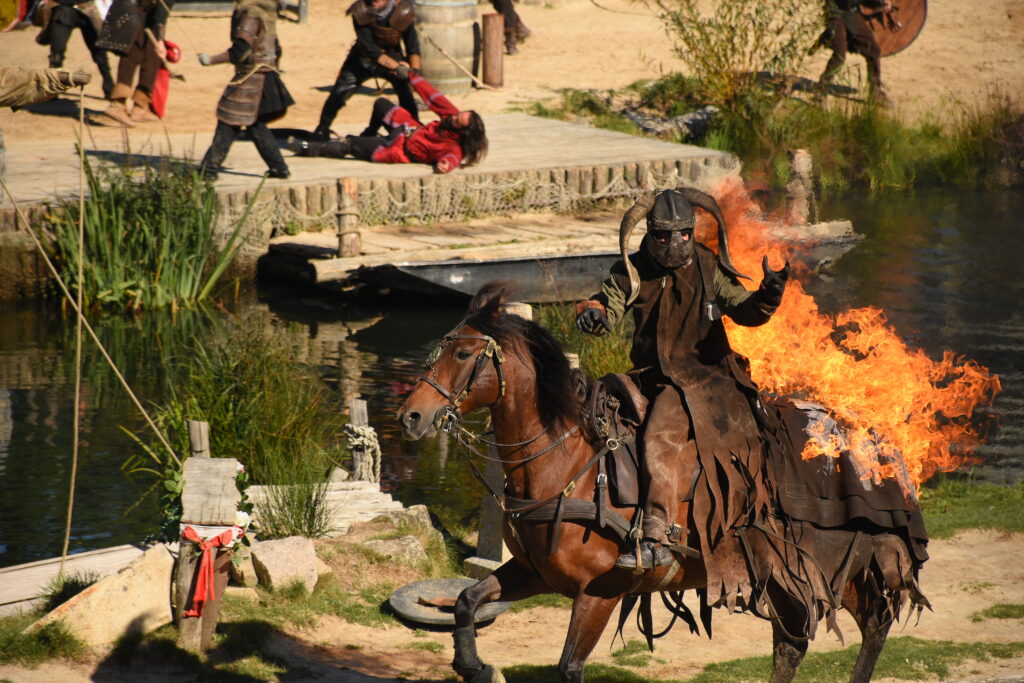
The relationship between a Viking warrior and his horse often developed into a deeply personal bond that extended beyond mere utility. Historical accounts describe how these animals were individually named, carefully bred, and treated as companions rather than mere possessions. A well-trained war horse that responded instantly to its rider’s commands could mean the difference between life and death in battle or raids. Physical evidence from burials sometimes shows horses that had survived injuries similar to those of their masters, suggesting they had shared battlefield experiences. This profound connection helps explain why Vikings would choose to include their trusted mounts in their burial arrangements, seeing them as essential companions for the afterlife.
Burial Arrangements and Positioning
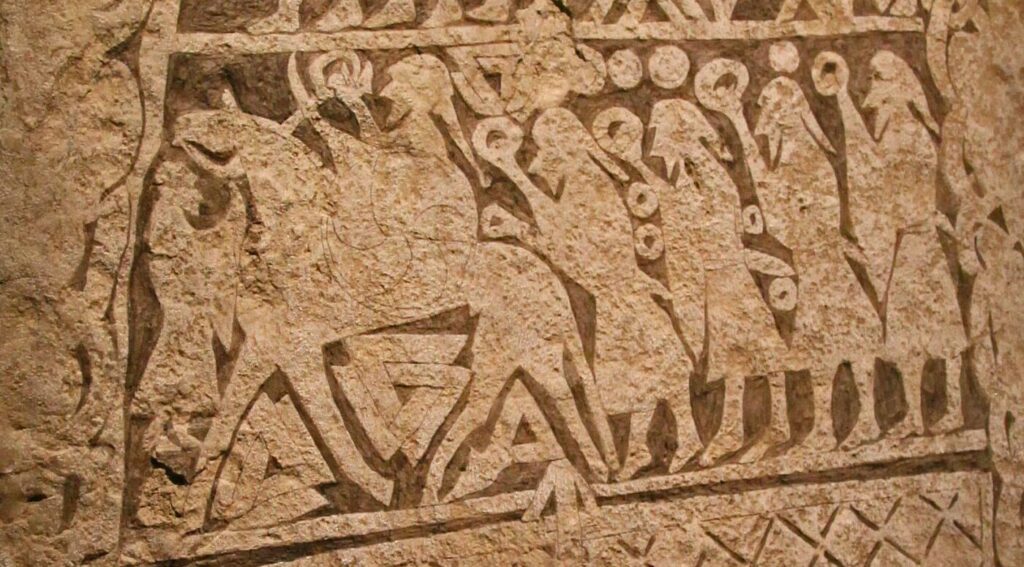
The physical arrangement of horses within Viking graves reveals important aspects of their ritual significance. In some excavations, horses have been found positioned directly alongside the human remains, suggesting an equal companion relationship. Other sites show horses placed at the feet of the warrior, perhaps symbolizing their role as servants or transportation in the afterlife. Particularly telling are burials where horses were placed in positions suggesting they were readied for immediate use upon arrival in the afterlife, complete with saddles, bridles, and other riding equipment. These carefully orchestrated arrangements weren’t haphazard but followed specific cultural and religious protocols that varied somewhat by region and time period, offering archaeologists valuable clues about local burial traditions and beliefs.
Sacrificial Practices and Methods
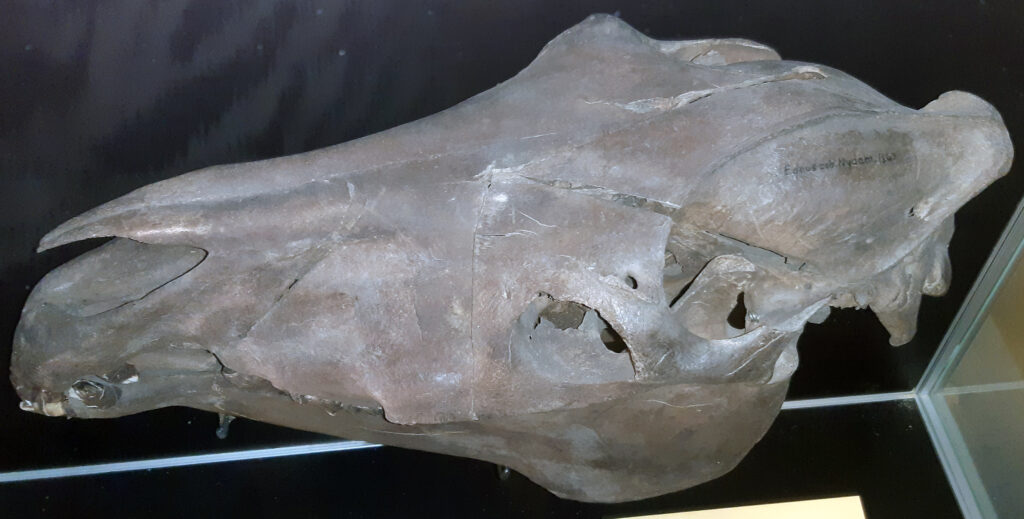
The methods used to sacrifice horses for burial purposes have been studied through forensic examination of their remains. Evidence suggests that horses were typically killed humanely through precise blows to the head or by cutting major blood vessels, indicating that their sacrifice was conducted with care and respect. In some burials, particularly elaborate ones, there are indications that horses may have been part of larger funerary rituals before their interment, possibly including ceremonial processions or displays. Historical accounts describe elaborate Viking funeral ceremonies where animals were sacrificed as part of public demonstrations of wealth and devotion to the deceased. The care taken in these sacrificial practices underscores the reverence with which Vikings regarded both their horses and their departed comrades.
Regional Variations in Horse Burial Practices
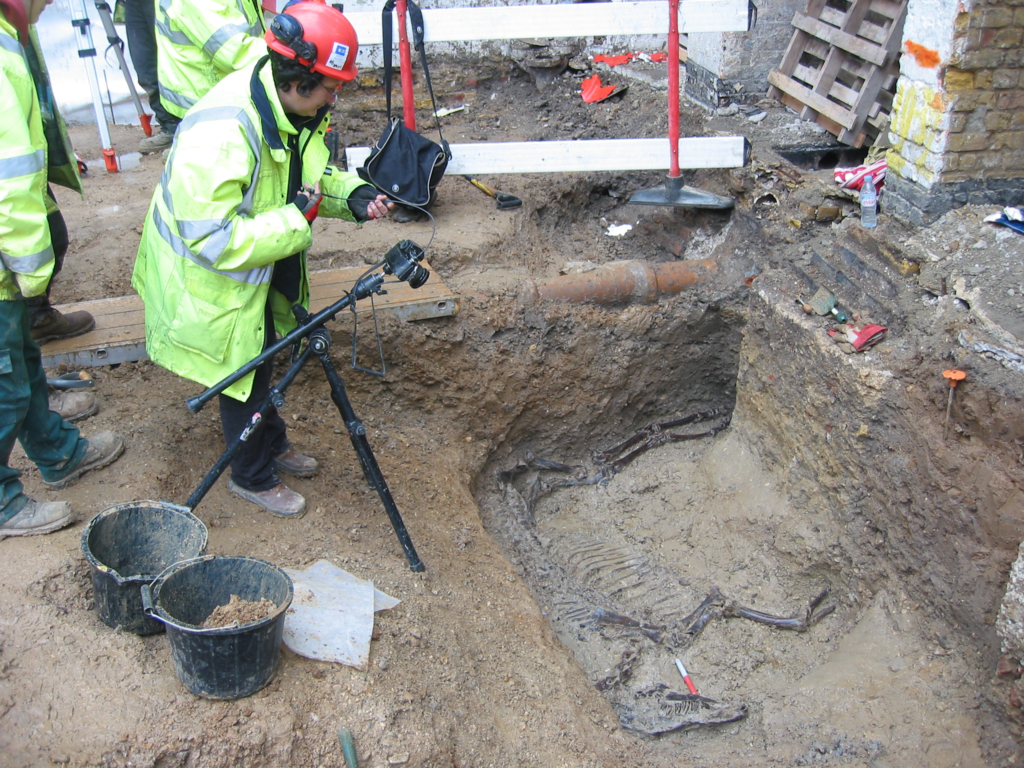
Horse burial traditions weren’t uniform across the Viking world but showed significant regional variations that reflected local customs and influences. In Denmark, archaeologists have discovered a preference for burying horses in separate pits adjacent to human graves, while Swedish practices more commonly included horses within the same grave structure. Norwegian ship burials often featured multiple horses arranged in specific patterns around the vessel. These regional differences became even more pronounced in Viking settlements abroad, where local cultural practices sometimes influenced or modified traditional Norse burial customs. By mapping these variations, researchers can trace cultural exchange, migration patterns, and the evolution of Viking religious practices across their expansive territory.
Horse Burials Beyond Elite Warriors
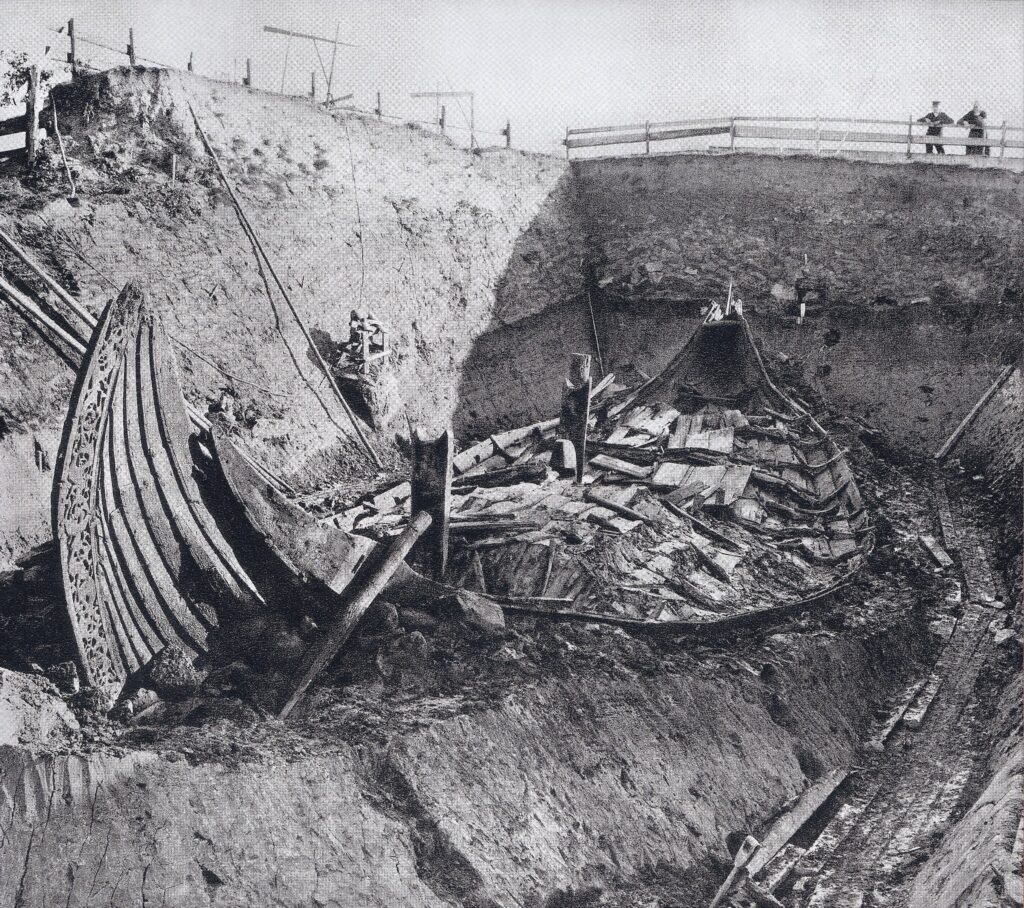
While horse burials are most commonly associated with elite male warriors, archaeological evidence has revealed a more complex picture that includes women and individuals of various social standings. The spectacular Oseberg ship burial contained two women accompanied by numerous horses, challenging simplistic gender-based assumptions about Viking burial practices. In some communities, merchants, craftspeople, and other non-warrior elites were also buried with horses, suggesting that this practice extended to anyone with sufficient status and wealth. This broader distribution of horse burials provides valuable insight into the social mobility and status markers within Viking communities beyond just military prowess. The variation in these practices helps historians understand the nuanced social structures that existed in Norse societies.
Comparative Evidence from Other Cultures
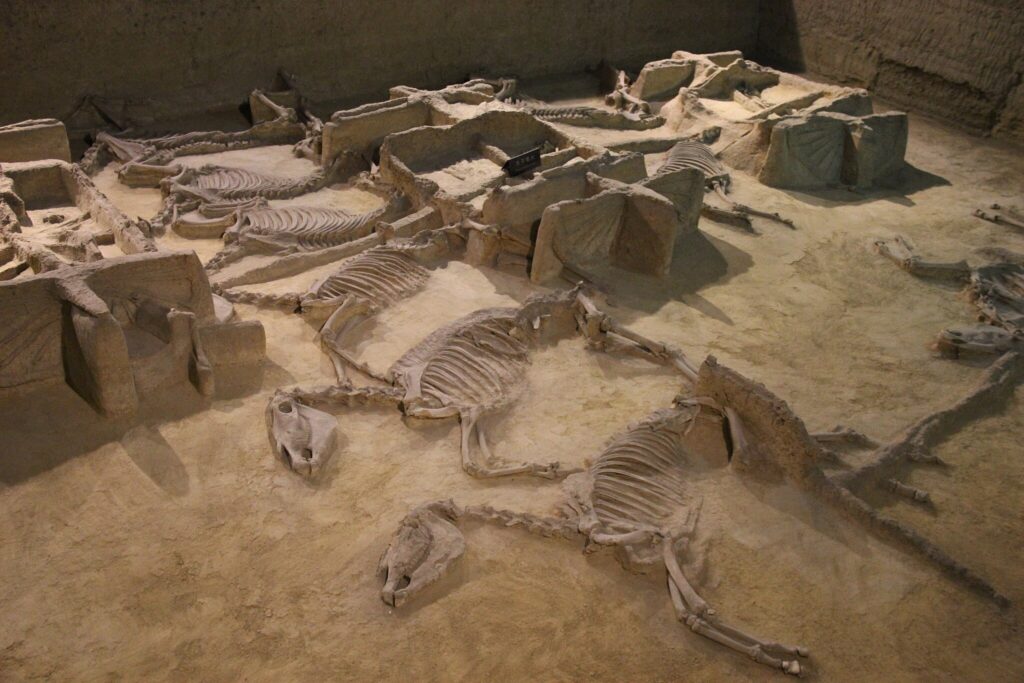
Viking horse burials, while distinctive, were not unique in the ancient world, as similar practices existed across numerous cultures that valued horses. Scythian burials from the Eurasian steppes, dating centuries earlier than Viking examples, featured elaborate horse interments with striking similarities to Norse practices. Chinese imperial tombs often included horses, sometimes represented by clay figures rather than actual animals in later periods. The Mongol Empire also practiced horse burial rituals that shared conceptual similarities with Viking customs, despite developing independently. These cross-cultural parallels suggest that horse burials emerge naturally in societies where equines play central roles in warfare, transportation, and cultural identity, making them a fascinating subject for comparative archaeological studies.
The Economic Impact of Horse Sacrifices
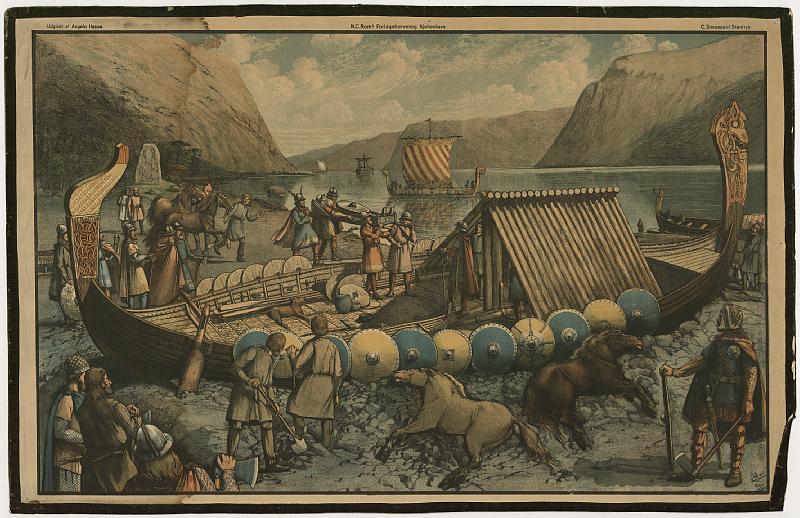
The sacrifice of horses for burial purposes represented a significant economic investment that shouldn’t be underestimated. In the Viking Age, a good horse could be worth the equivalent of several years’ income for an average farmer, making their deliberate removal from the economic cycle a substantial financial decision. The practice of burying multiple horses with a single individual, as seen in some high-status graves, represents an extraordinary display of wealth destruction that served important social and religious functions. Communities would have felt the economic ripple effects of such sacrifices, potentially affecting breeding programs and the availability of working animals for agriculture and transportation. This willingness to incur such significant economic costs underscores how deeply valued these burial practices were within Viking society.
Horse Equipment and Grave Goods
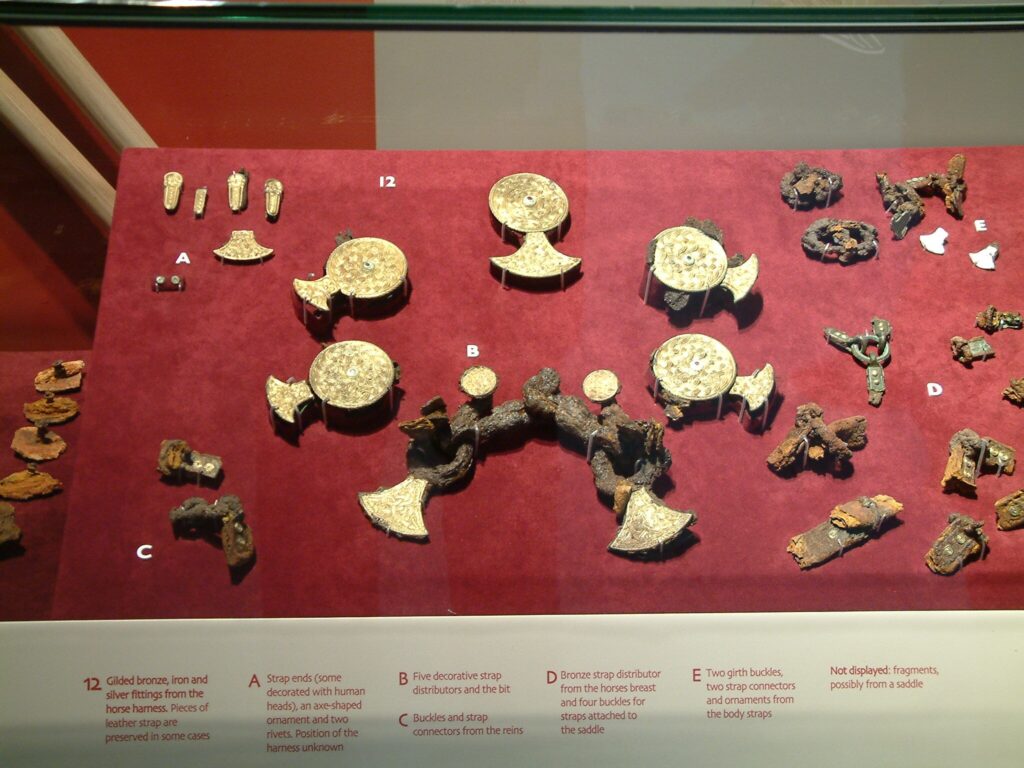
The riding equipment found in horse burials provides valuable insights into Viking equestrian technology and the practical relationship between riders and their mounts. Elaborate saddles, often decorated with intricate carvings or metalwork, demonstrate both functional design and artistic achievement. Stirrups, bits, and bridles recovered from grave sites show evidence of sophisticated understanding of horse control and rider stability that contributed to Viking military effectiveness. Some burials include specialized equipment like ice shoes for winter travel or decorative elements that served no practical purpose but enhanced the horse’s appearance. The quality and condition of this equipment often mirror the status of the buried individual, with the finest craftsmanship reserved for the most elite members of society.
Modern Scientific Analysis of Horse Remains
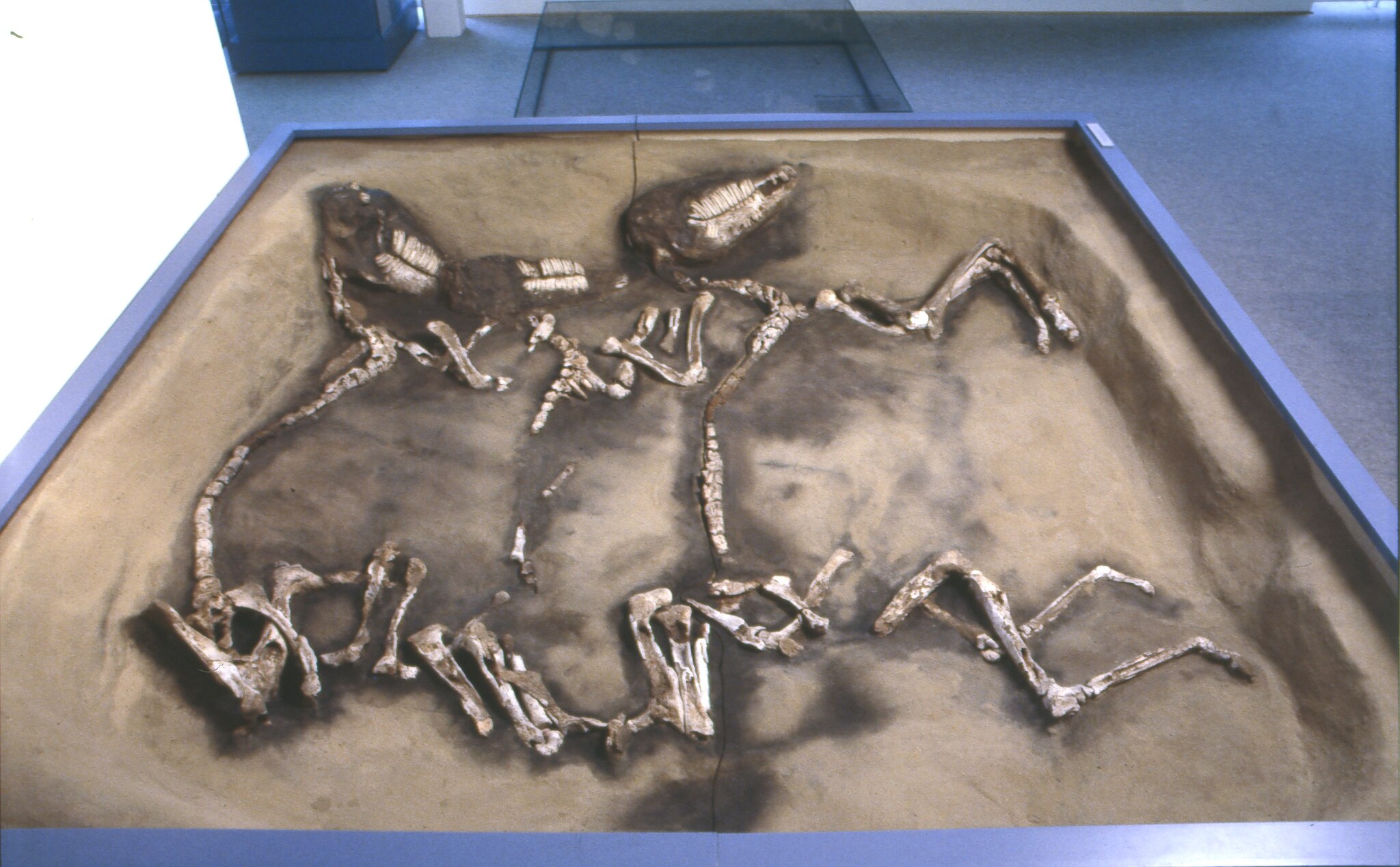
Advances in archaeological science have revolutionized our understanding of Viking horse burials through detailed analysis of the recovered remains. DNA testing has revealed information about the breeding and origins of horses used in Viking communities, including evidence of selective breeding for desired traits like size, strength, and temperament. Isotope analysis of horse teeth and bones can determine where an animal lived and what it ate throughout its lifetime, sometimes revealing horses that traveled great distances alongside their Viking owners. Forensic examination of horse remains can identify evidence of injuries, diseases, and causes of death, providing insights into how these animals lived and died. These scientific approaches, combined with traditional archaeological methods, continue to deepen our understanding of the complex relationship between Vikings and their equine companions.
The Legacy of Viking Horse Burials in Cultural Memory
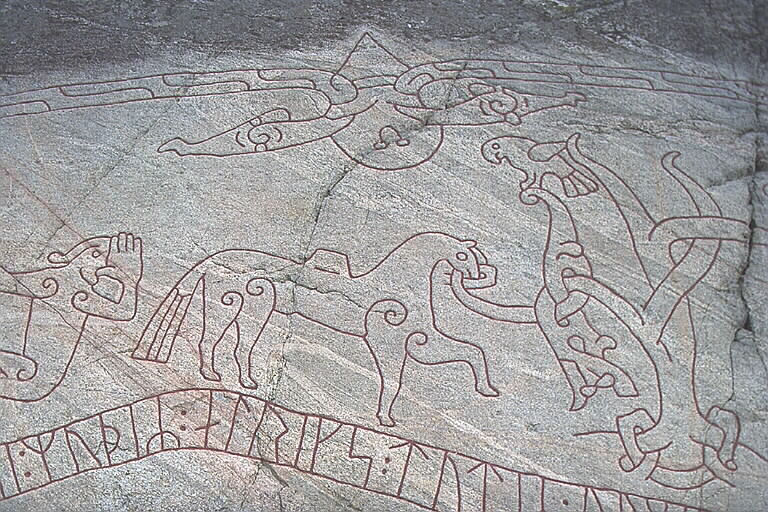
The practice of horse burial left an indelible mark on Norse cultural memory that extended well beyond the Viking Age. References to the custom appear in later medieval Icelandic sagas, where horse sacrifices are described as essential components of proper funerals for distinguished individuals. This literary preservation suggests the practice remained meaningful even after Christianity had largely displaced pagan customs in Scandinavia. Modern Scandinavian folklore still contains echoes of the special relationship between warriors and horses, with supernatural horse figures appearing in numerous regional tales. Today, these archaeological discoveries continue to capture public imagination, featuring prominently in museum exhibitions, historical reenactments, and popular media depictions of Viking culture, ensuring this fascinating aspect of Norse funeral practices remains alive in cultural memory.
The practice of burying horses with Viking warriors represents far more than a curious archaeological footnote—it opens a window into the complex spiritual, social, and economic dimensions of Norse culture. These equine companions, sacrificed to accompany their masters into the afterlife, reveal a society that deeply valued both practical military partnership and spiritual connection with these magnificent animals. As archaeologists continue to uncover and analyze these burial sites with increasingly sophisticated techniques, our understanding of Viking horse burials grows richer and more nuanced. What emerges is a picture of a culture that recognized and honored the profound bond between warriors and their horses—a bond they believed would continue beyond death, carrying them together into the halls of Valhalla.

